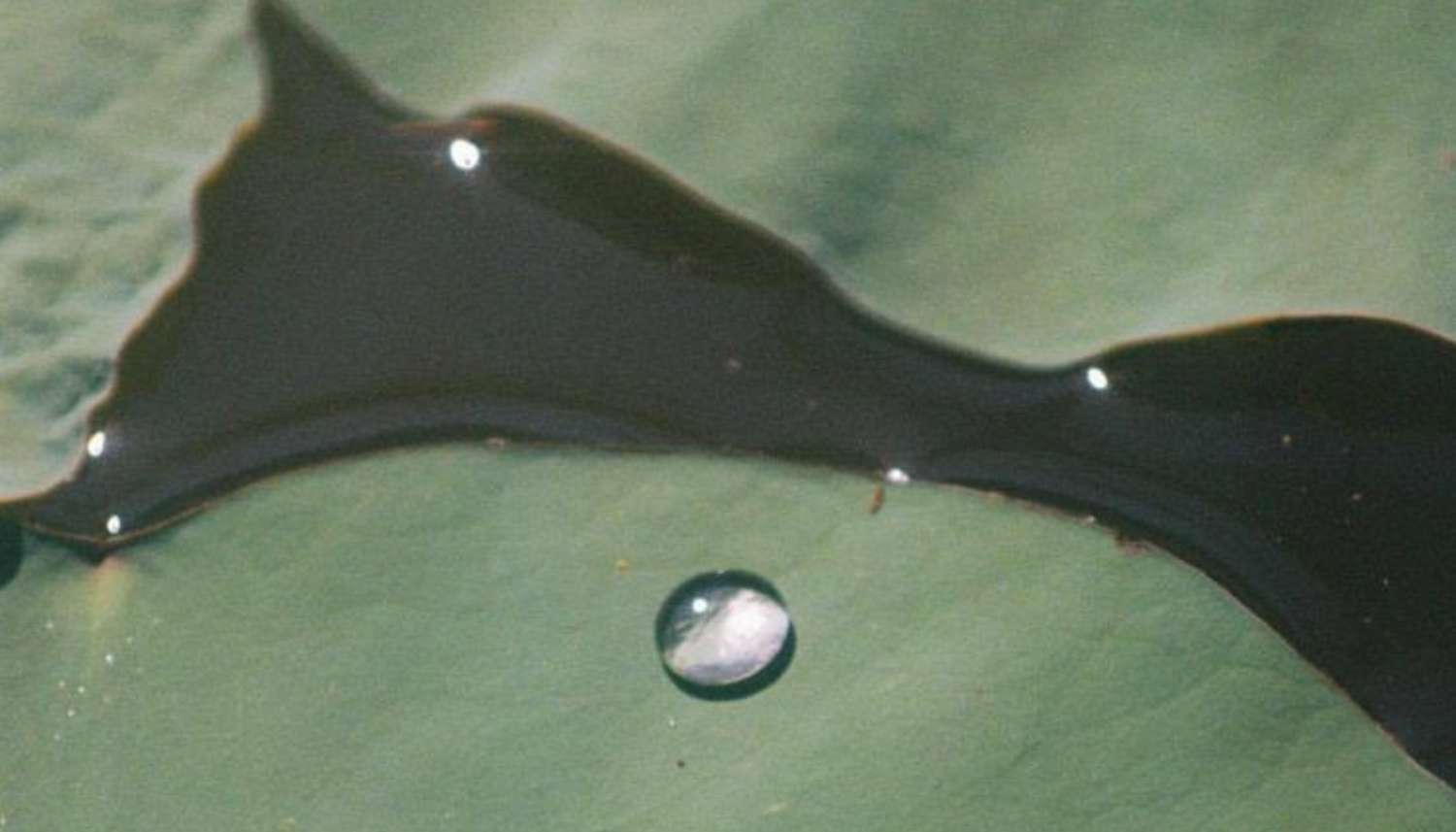THE EPIDERMIS
The epidermis is the layer that helps protect us from everyday elements. It acts as a barrier against UV radiation, bacteria, and other environmental elements, its thickness also varies when it comes to different places on our bodies. For instance, the palms of our hands and soles of our feet have a thicker epidermis due to their own special structure called the stratum lucidum. Whereas the epidermis of our eyes tends to be thinner. Not only does this outermost layer help shield us from outside irritants but the cells in this layer are also constantly renewing themselves every 28 days, talk about a clever design!
The epidermis is composed of five distinct layers. From the deepest to the outermost, they are the stratum basale, stratum spinosum, stratum granulosum, stratum lucidum, and stratum corneum. The stratum basale contains many actively dividing cells known as keratinocytes as well as melanocytes that are responsible for giving color to the epidermis. The stratum spinosum contains spiny-looking polyhedral keratinocytes which are held together by desmosomes that produce lipids and proteins essential for creating strong, flexible skin. Stratum granulosum layers contain keratinocytes that are full of granules and lipids that promote water retention in the skin. Stratum lucidum is made up of thin flat layers of transparent cells and acts as an additional barrier from environmental damage. Finally, the outermost layer is the stratum corneum, also known as the skin barrier, consists of 15-20 layers of protein-rich dead skin cells that act as a physical barrier against infection and dehydration.
When our skin is exposed to ultraviolet rays from the sun, a chemical reaction occurs in the deeper layers of skin that produces vitamin D. This activated form of vitamin D helps our bodies absorb calcium, which not only improves bone health but also promotes healthy cell functioning. In addition, UV exposure stimulates the production of melanin pigment, which gives skin its natural color and helps protect skin against further UV damage.
Keratinization is another important process which occurs in the epidermis layer of the skin. It occurs when keratinocytes, which are specialized cells in the epidermis, produce a protein called keratin. This protein forms a protective layer between your skin and its environment, keeping out heat, bacteria, pollutants and other substances that may harm it. Additionally, keratinization also helps keep your skin hydrated by trapping moisture from the environment and sealing it into your epidermis. This process is essential for healthy looking and functioning skin.
THE DERMIS
Sitting snugly between the epidermis and subcutaneous layers, it's almost easy to forget about the importance of the dermis. This layer of skin is responsible for so much that keeps us healthy and helps us to adapt to our environment. It houses our blood vessels, nerves, sebaceous glands, hair follicles, and even sweat glands, all of which we rely on every single day.
Sweat glands, or eccrine glands, are microscopic tubular structures located in the dermis layer of the skin and are responsible for secreting sweat. Sweat contains water, salt and other minerals that help regulate body temperature. Additionally, sweat glands provide important lubrication to the surface of the skin.
Growing hair follicles in the dermis layer of the skin is achieved through a series of complex biological steps. This process begins with the release of chemicals from surrounding cells, such as fibroblasts and keratinocytes, which stimulate the production of dermal papilla cells. These dermal papilla cells are responsible for creating new follicles, and then activating them by providing the necessary nutrients for their growth. Ultimately, the follicle is extended towards the epidermis, where it eventually breaks through to create a strand of hair.
THE "HYPODERMIS"
The hypodermis layer, also known as the subcutaneous layer, is a thick layer of connective tissue and fat that provides insulation, cushioning, and shock absorption. It connects our dermis to our muscles and bones. This subcutaneous layer is made up of adipose (fat) cells that help to cushion and protect us from day-to-day knocks and bumps, like bumping into furniture or tripping over. It also produces pigment cells that give us our beautiful skin colors! Adipose cells are a key source of energy storage in the form of lipids, as well as fibroblasts which then go on to produce collagen and elastin.
The hypodermis layer of skin is a vital component in keeping the body temperature regulated. Its insulating properties help keep us warm in colder temperatures and cool in warmer temperatures. It also acts as an additional barrier to prevent foreign substances from entering our body, offering increased protection from infection and disease.
All in all, our skin is a marvel of human design! The skin provides us with a multi-functional protective armor that serves to protect our bodies from the environment. It is made up of multiple layers, each with its own unique properties and functions. From the outermost layer, the epidermis, to the innermost layer, the hypodermis, all of these layers together form a strong barrier for our bodies and provide us with protection from bacteria, viruses and ultraviolet radiation. Truly, it is amazing how all these different layers work together to allow us to do so many things every day!





